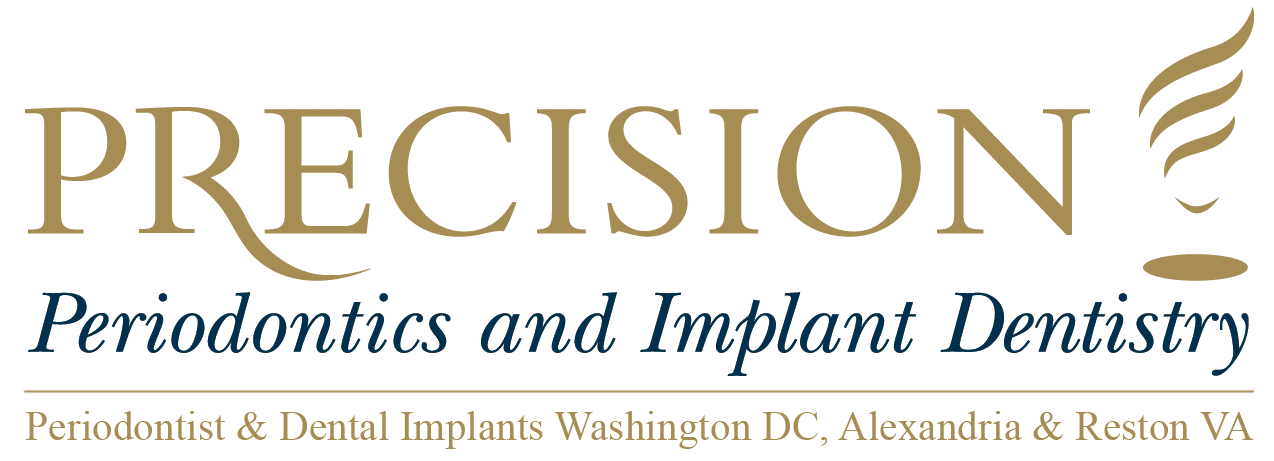Combined Periodontic-Edodontic Lesions
Combined periodontic-endodontic lesions are localized areas of infection caused by bacteria and originating from periodontal tissues, dental pulp, or both. These combined periodontic-endodontic lesions manifest as abscesses and originate from either or both of these two locations, eventually migrating into both locations. They are informally subclassified as endo-perio, and perio-endo, depending on the location of the origin of the infection.
Endo-perio lesions are caused by infection that originates in the pulpular tissue inside a tooth. When this infection spreads into the bone immediately adjacent to the apex, or deepest tip, of the root of the tooth, this forms a periapical abscess. If this infection proliferates coronally, or toward the crown of the tooth, it may then communicate with the alveolar bone and the oral cavity as it spreads through the periodontal ligament, gradually becoming an endo-perio lesion and infecting the periodontal tissue.
Perio-endo infections originate in a periodontal pocket and may be spread through accessory canals into the root canals of the tooth, which leads to inflammation of the tooth’s pulp. In order to develop into an endodontic lesion, periodontal disease must reach the apex of the tooth’s root; because accessory canals tend to be very narrow, they may not effectively allow sufficient bacterial penetration to lead to an endodontic lesion. In these cases, the lesion remains solely periodontal in nature.
Regardless of the location of the source of the infection, the prognosis and treatment are the same for either type of periodontic-endodontic lesion. Fractured teeth may also allow these combined lesions to develop, if infection enters through a crack in the tooth and radiates into the periodontium. Treatment for all types of combined lesions includes a combination of endodontic therapy and periodontal therapy. Endodontic therapy, more commonly known as root canal therapy, eliminates infection in the tooth and is intended to protect against future bacterial infection. The canals in the root of the tooth, and the pulp chamber they are connected to, are full of nerve tissue, blood vessels, and the other cells that make up dental pulp. During endodontic therapy, the pulp inside the tooth is removed and the inside of the tooth is cleaned, reshaped, and decontaminated; then, the disinfected and clean canals are filled with an inert or antiseptic filling. Following this endodontic therapy, the tooth nearest the abscess undergoes conventional periodontal therapy. Conventional periodontal therapy consists of the practice of dental scaling and root planing, or dental deep cleaning. This is a non-surgical periodontal therapy that removes dental plaque and tartar both above and below the gum line, and then planing the surfaces of the roots of the tooth, smoothing them and removing dementum or dentine that has been invaded by tartar, toxins, and microorganisms. Once these inflammatory agents are cleared away, the periodontium is free of infection and is considered in remission from periodontal disease. If endodontic therapy followed by conventional periodontal therapy does not clear the infection that led to the abscess, the affected tooth may need to be removed in order to prevent further infection or abscess.
